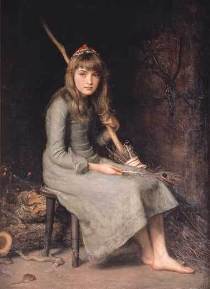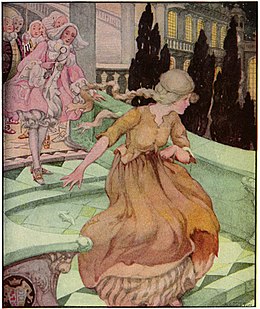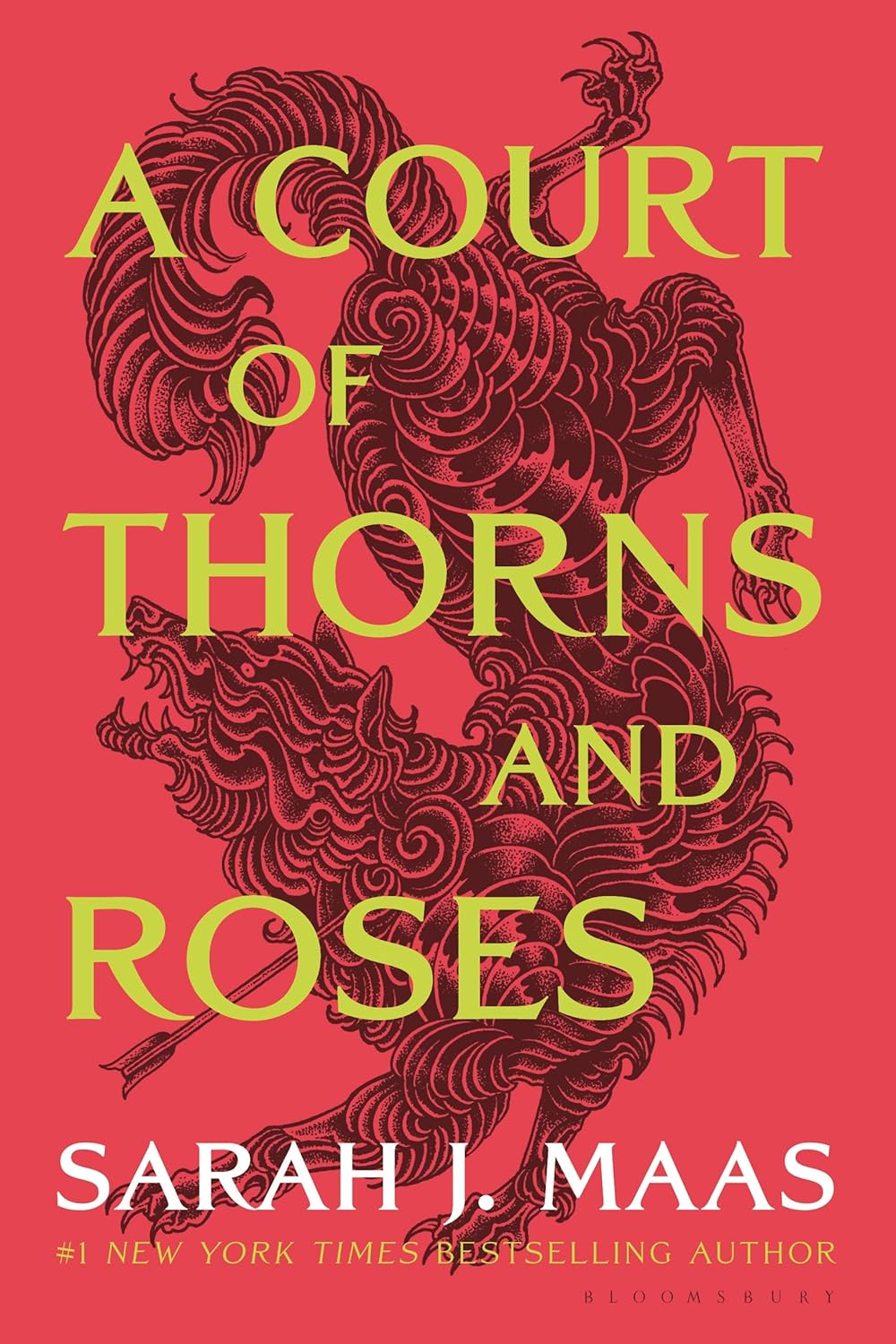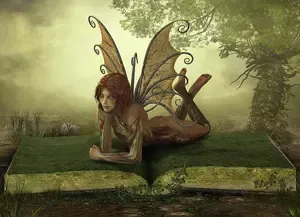- Home
- Fairy Blog
- Fairy Cakes
- Fairy Quotes
- Safety Dance
- The Flower Fairies Books
- What is a Fairy?
- Are Fairies Real?
- Elemental Fairies
- Faeries
- What are the Fae?
- Fae Fantasy Books
- Fairy History
- Origin of Fairies
- Fairies in Folklore
- Pixies
- Pixie Fairy Differences
- Gothic Fairies
- Tooth Fairy
- Fairy Festivals
- Fairy Gardens
- Fairy Garden Accessories
- Fairy Forests
- Fairy Poems
- Fairy Tales
- Fairy Tale Origins
- Classic Fairy Tales
- 24 Fairy Tales
- Fairy Tales around the World
- About Fantasy Creatures
- Dragons
- Dwarves
- Elves
- Gnomes
- Leprechauns
- Mermaids
- Unicorns
- Fairy Face Painting
- Free Fairy Art
- Fairy Coloring Pages
- Fairy Crafts For Kids
- Chinese Dragon Art
- How to Draw a Dragon
- Chinese Dragon Drawing
- Dragon Coloring Pages
- Fairy Tattoo Ideas
- About Us
- Contact Us
- Disclaimer
- Privacy Policy
A Cinderella Story
With Many Versions
A Cinderella Story With Many Versions, sometimes called "The Little Glass Slipper", is a folk tale, from the oral tales, about unjust oppression and a fantastic reward to the downtrodden girl.
From around the world, each with unique elements that reflect the cultural context in which they were created:
- Yeh-Shen (China): This ancient Chinese story dating back to the Tang Dynasty (618-907 AD) features a kind-hearted girl named Yeh-Shen who is mistreated by her stepmother and stepsister. A magical fish helps Yeh-Shen, but it is later killed by her stepmother. Yeh-Shen keeps the fish bones, which grant her wishes. She attends a festival wearing a beautiful gown and golden slippers but must leave in haste, losing one slipper. The slipper is found by the king, who searches for the girl who fits the slipper, ultimately leading him to Yeh-Shen and a happy ending.
- Rhodopis, told by the Greek geographer Strabo around 7 BC, about a Greek slave girl who marries the king of Egypt, is usually considered to be the earliest known variant of the Cinderella story.
Amazon Audible Promo
With Amazon Audible’s holiday promo ($0.99/month for 3 months) and the release of Harry Potter: The Full-Cast Audio Editions, there's never been a better time to join.
A Cinderella Story with Many Versions

- Cendrillon (France): Charles Perrault's 1697. This version of A Cinderella Story With Many Versions introduces the now-iconic elements such as the fairy godmother, the pumpkin carriage, and the glass slipper.
- Cendrillon (Cinderella) is a gentle girl oppressed by her stepmother and stepsisters. With the help of her fairy godmother, she attends a royal ball, where she loses her glass slipper.
- The most famous of all the versions of Cinderella was Cendrillon. He removed some of the violence and made it more fit for children. Disney's Cinderella was one of the most popular Cinderella versions taken from this authors work.
- Italy by Giambattista Basile in his Pentamerone in 1634. "Cinderella" story, titled "La Gatta Cenerentola" or "The Cat Cinderella," is one of the most famous tales in the collection.
- In this version, a young girl named Zezolla is mistreated by her stepmother and stepsisters. After her father's death, with the help of a magical date tree, a fairy, and some talking animals she escapes.

- Cap O'Rushes (England): In this English folktale, a wealthy man asks his three daughters how much they love him. The youngest daughter, wanting to express her deep love, says she loves him as much as meat loves salt. The father, misunderstanding her statement, becomes angry and banishes her from his home. The girl leaves and disguises herself in a cloak made of rushes (a type of plant).
- Catskin (England): This English folktale tells the story of a young girl whose father wants to marry her off to the first suitor who comes along, regardless of his character. Unwilling to accept her father's decision, she asks him for gifts: a coat made of catskin. She leaves home, wearing the catskin coat as a disguise.

- Aschenputtel (Germany): The Brothers Grimm's version is darker than Perrault's. Aschenputtel (Cinderella) is aided by a magical tree and birds, rather than a fairy godmother. She attends three balls, and at each one, she escapes from the prince who tries to follow her.
- In the end, the prince uses a golden slipper to find her. The stepsisters cut off parts of their feet to fit the slipper, but the prince recognizes the deception through the help of the birds. Aschenputtel and the prince marry, and the stepsisters are punished by having their eyes pecked out by the birds. (Not a nice Version of "A Cinderella Story With Many Versions")
- The Anklet (India): In this Indian version, a girl named Surya Bai is mistreated by her stepmother and stepsister. Surya Bai's mother is reincarnated as a cow that assists her. A magical anklet takes the place of the glass slipper. When Surya Bai loses it, the prince finds it and searches for its owner. Surya Bai is discovered, and they marry.
- The Wonderful Birch (Russia): This Russian version features a girl named Vasilisa who is forced to work as a servant by her wicked stepmother. She receives assistance from a magical birch tree, which provides her with beautiful clothing and transportation to a royal ball. Vasilisa attends three balls, where she meets and dances with the prince. On the final night, the prince follows her and finds the magical tree. He eventually locates Vasilisa and marries her.
A Cinderella Story With Many Versions including this Weird Version
"Woman gives birth to a gourd." - This is the opening to the description of an Italian variant of the Cinderella folk tale — or, really, a relative of one of its relatives — taken from a book called Cinderella; three hundred and forty-five variants of Cinderella, Catskin, and Cap o'Rushes, abstracted and tabulated, with a discussion of mediaeval analogues, and notes, written by Marian Roalfe Cox and published in 1893. In this version of the story, the heroine is born inside a gourd and accidentally abandoned in the forest by it's mother.
Our heroine is discovered by a prince, who finds the talking gourd and takes it home. Later she gets out and becomes a servant named Zucchettina.
The prince keeps her at the palace but mistreats her terribly, even beating her and kicking her to prevent her from attending his ball, but she gets there anyway without him knowing it's her. They meet, and he gives her gifts and so on.
Later, when she prepares his breakfast, she slips into his breakfast one of the gifts he gave her at the ball. When he finds the gift, he recognizes that she is his beloved.
(It could be worse to our modern ears: One of the Cinderella variant entries is called "Little Saddleslut.")

There's very little that's common to all the versions of Cinderella, but in general, you have a mistreated young woman, forced to do dirty menial work.
She is unloved by her family. By some magical event, She meets an important man but disappears. The man must find her and be able to recognize her even if she is covered in dirt.
Book of the Month
The Best Selling Fae Fantasy Book! A great Christmas gift!
CLICK HERE for more information and best price!
Recent Articles
-
Fae Fantasy Books - where love can be both thrilling and terrifying!
Nov 22, 25 02:34 AM
Fae Fantasy Books - explore new aspects of what it means to be human in a world where magic and immortal beings exist! A perfect blend of danger and allure! -
Water Fairies: Meet the Mystical Undines of the Waters
Nov 19, 25 02:45 AM
Water fairies, often called undines, are enchanting magical beings deeply connected to the element of water. These spirits appear in folklore and fairy tales -
Earth fairies are elemental beings connected to the earth element.
Nov 19, 25 02:34 AM
Earth fairies, also known as gnomes, are elemental beings deeply connected to the earth element. They have rich roots in folklore, mythology, and fairy tales





